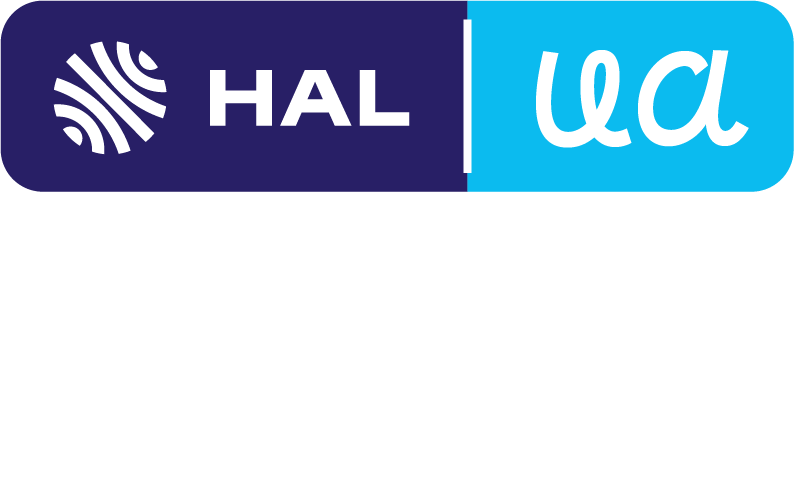Chiral Conducting Me-EDT-TTF and Et-EDT-TTF-Based Radical Cation Salts with the Perchlorate Anion
Résumé
Introduction of chirality in the field of molecular conductors has received increasing interest in recent years in the frame of modulation of the crystal packing, and hence conducting properties, with the number of stereogenic centers and absolute configuration, e.g., racemic or enantiopure forms. Here, we describe the preparation by electrocrystallization of chiral radical cation salts, based on the donors methyl-ethylenedithio-tetrathiafulvalene (Me-EDT-TTF) 1 and ethyl-ethylenedithio-tetrathiafulvalene (Et-EDT-TTF) 2 containing one stereogenic center, with the perchlorate anion. Donor 1 provided the series of crystalline materials [(rac)-1]ClO4, [(S)-1]2ClO4 and [(R)-1]2ClO4, while for donor 2 only the 1:1 salts [(rac)-2]ClO4 and [(R)-2]ClO4 could be prepared as suitable single crystals for X-ray analysis. The enantiopure salts of 1 show β-type packing and metallic conductivity in the high temperature regime, with room temperature conductivity values of 5–10 S cm−1, whereas compound [(rac)-2]ClO4 is a very poor semiconductor. Tight-binding extended Hückel band structure calculations support the metallic conductivity of the enantiopure salts of 1 and suggest that small structural changes, possibly induced by thermal contraction or pressure, could lead to a pseudo-elliptic closed Fermi surface, typical for a 2D metal
| Origine | Fichiers éditeurs autorisés sur une archive ouverte |
|---|


